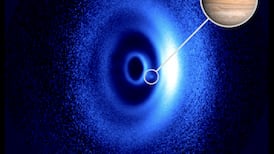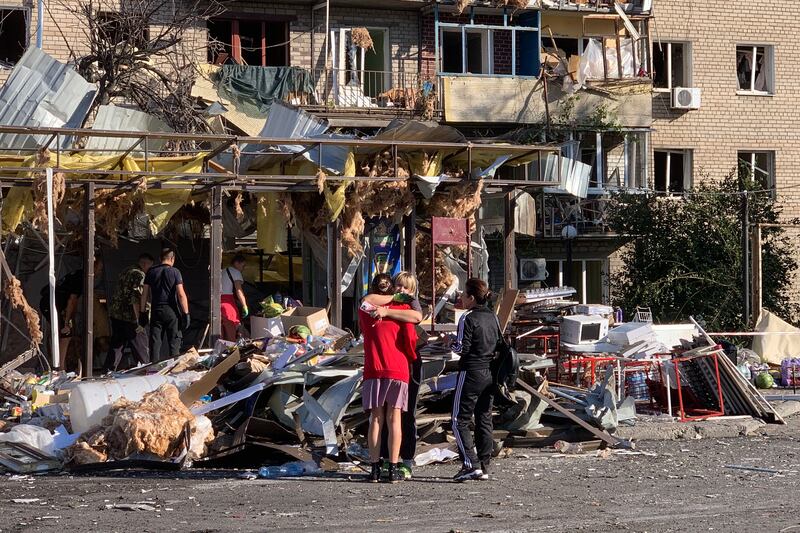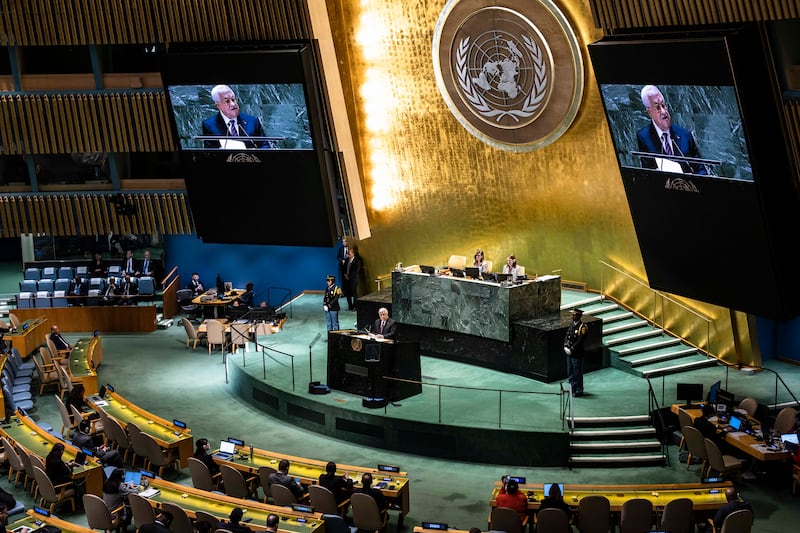Almost a quarter of a century ago, west Cork skipper Colin Barnes gave up commercial fishing to set up one of Ireland’s first whale-watching businesses.
Now whales have left his search area of the ocean because the sprat they feed on have been fished to near extinction. Barnes recently told The Irish Times he can no longer offer “world-class whale-watching.”
Sprat are clearly being overfished. Objectors in Co Cork plan a march this month against this uncontrolled exploitation. The protest will take place in Clonakilty on Wednesday, August 13th.
According to Dr Simon Berrow of the Irish Whale and Dolphin Group (IWDG), whales are moving farther north in Irish waters, probably following changing fish distribution. Thankfully, the Government has resolved to impose a ban from October 1st on the trawling of sprat in Irish inshore waters by vessels over 18 metres in length.
READ MORE
Among the most spectacular of these giant visitors are the humpback whales, which breach right out of the ocean. The overfishing of one of their main foods could mark the second time in more than a century that whales have come under threat in Ireland.
[ Why are Ireland’s whales disappearing?Opens in new window ]
Few Irish people are aware that this country was once the base for a Norwegian whaling operation that killed and butchered hundreds of great whales from the Atlantic Ocean.
I have been to visit the site of this whalemeat factory on the island of South Inishkea off Co Mayo. Here, on the little promontory of Rusheen, lie the remains of an industrial operation based on the giants of the ocean.
More than a century after they were abandoned, the brick walls and rusting machinery of the whaling station lie dismembered in the ocean winds. A second station was built on the Co Mayo mainland at Ely Bay but little trace remains apart from a scattering of bricks.
Whaling boats from these two locations killed and brought back to Ireland a total of 693 whales of six species over a seven-year period from 1908 to 1914. The most numerous quarry species comprised fin whales but it is hard to believe they managed to catch 66 blue whales, rarely seen in Irish waters but now gradually increasing again in the Atlantic.
This fascinating history was researched by the Belfast zoologist James Fairley and described in his book Irish Whales and Whaling. The outbreak of war in 1914 put an end to the whaling operation, although the Ely Bay station was briefly used in 1920 and 1922, during which a further 202 whales were caught.
Commercial whaling was banned in 1986 by the International Whaling Commission (IWC) after some species almost became globally extinct. Norwegian, Icelandic and Japanese vessels still hunt whales today but most other countries have banned this barbaric activity.
In the early 1990s, then taoiseach Charles Haughey declared Europe’s first Whale and Dolphin Santuary in Irish territorial waters. Although it is difficult to estimate population sizes in these animals due to their long migrations, there are signs of recovery in some species.
In the 20th century sightings of the distinctive humpback whale in Irish waters were rare. However, since 1999 the IWDG has been collecting humpback whale data in Ireland including sightings by ordinary citizens.
[ Ireland’s ‘hotbed’ for whales who have migrated from southern watersOpens in new window ]
With ready availability of high-quality cameras, at least 137 individual humpback whales have now been identified from their markings. The repeat matching of photos has confirmed many of these individual whales return to Irish waters annually, with an average resighting rate of about 63 animals in years when 10 or more individual whales were recorded.
Dr Simon Berrow says: “Clearly humpbacks are increasing due largely to an end to killing them and their distribution might also have been affected by climate change. Fin and sperm whale populations may possibly be recovering too.
“Grey whales were extinct in the Atlantic but are now recolonising as the population expanded through the opening up of the Northwest Passage from the Pacific due to climate warming. Among the smaller species, there has been a big increase in common dolphin numbers in Irish waters due to a shift in their distribution rather than a population increase.”
The historic whaling operation in Mayo ended when the last whaling station was destroyed by fire in 1923. Still, the demise of this local industry was probably hastened by the replacement of whale oil with fossil fuels that still largely power our economy today.
Now it is their key food species that is under threat in our waters. More than three decades after Irish waters were declared a whale and dolphin sanctuary, the unrelenting fishing of sprat here may be more than these giants of the ocean can survive.
Richard Nairn is an ecologist and writer. His latest book is Future Wild: Nature Restoration in Ireland
















